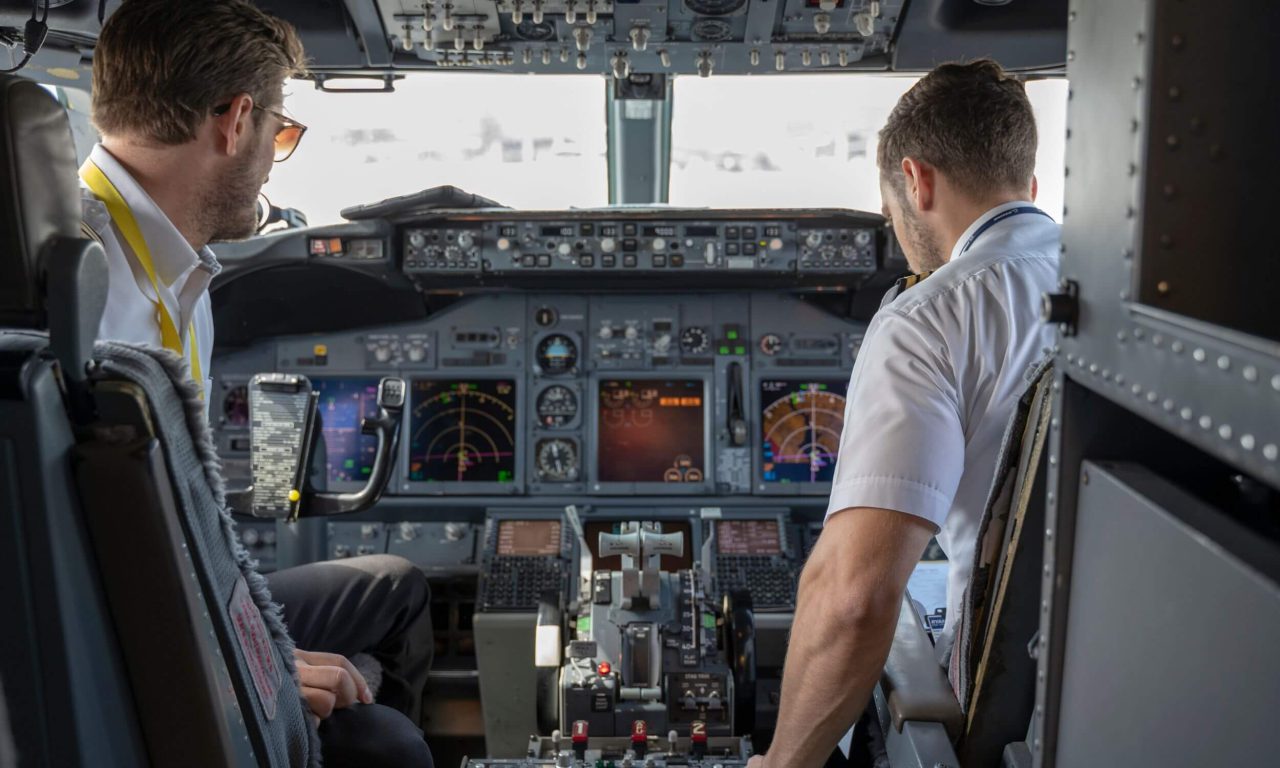India has rapidly taken off to become the third-largest domestic airline market in the world, supported by a steady rise in air passenger traffic. Indian aviation sector is dominated by IndiGo and Air India, making up 90 per cent of domestic seats. With over 1,000 additional planes are on order, India is projected to require approximately 34,000 pilots and 45,000 technicians by 2040.
The country will need 4,000 more civilian aircrafts over the next two decades and plans are afoot to build 200 new airports too. This shows how India’s aviation sector is soaring, reflecting the rapid growth and potential of the sector.
The domestic airline capacity has almost doubled, fuelled by a 6.9 per cent annual increase between 2014 and 2024, outpacing Brazil and Indonesia, and trailing only behind the US and China. It is the fastest growing market among all five major domestic markets, i.e. China (6.3%), USA (2.4%), Indonesia (1.1%) and Brazil (0.8%).
In 2024 alone, India saw a 6 per cent increase in domestic passengers. This is the second-largest growth rate in the global aviation industry after China.
The size of India Aviation Market is estimated at USD 14.78 billion in 2025 and is anticipated to touch USD 26.08 billion by 2030, growing at a CAGR of 12.3 per cent during this period.
REASONS FOR RAPID GROWTH
- Removal of price cap on domestic airfares on August 31, 2022, which allowed flexibility to airlines which then set prices as per the market force.
- Introduction of low-cost carriers since India customers look for cost-saving options and value for money.
- The number of operational airports in the country has doubled from 74 in 2014 to 160 by March 2025 and this number is expected to grow to 220 by 2028. India is projected to need more than 2200 aircraft by 2042.
- Government initiatives like the UDAN regional connectivity scheme has propelled India’s civil aviation to become one of the fastest-growing sectors by adding 120 new destinations and targeting over 40 million crore passengers.
- Growth in tourism demand in India, which is witnessing a positive transition in the income group with higher disposable income due to tax slab adjustments, can translate into increased travel demand. High-income and upper middle class population would account for 41 per cent by 2028.
In order to capture this growth, the airlines are planning to add 1700 new flight routes in the coming years.
SHORTAGE OF PILOTS
Although the Indian aviation industry is taking flight with a good growth potential, it is still facing pilot shortage and would require 30,000 pilots in the next 15-20 years.
The Directorate General of Civil Aviation (DGCA) issued 1,342 commercial pilot licences (CPLs) in 2024, a reduction of 17 per cent over the previous year. In 2023, it had issued a record 1,622 CPLs. This was almost 40 per cent higher than 2022, which saw an issuance of 1,165 licences.
This apart, the cost of pilot training runs into crores, turning aviation into a realm for the affluent rather than for individuals with genuine skill. This pay-to-fly culture has led to an increase in under-qualified pilots, raising grave questions about operational efficiency and safety.
This alarming shortage of skilled pilots is a turbulence which no airline can afford to overlook.
The challenge persists despite the opening of several new FTOs (flying training organisations) and includes the comparatively longer time required to accumulate the necessary flying hours for a CPL compared to faster options abroad, albeit at a higher cost.
High cost yet training in old aircraft and long wait for jobs
The cost of flight training is high due to expenses such as aircraft rental, fuel costs, instructor fees, and other associated training materials. Typically, a CPL costs between Rs 50 lakh to Rs 1 crore. These organisations cover 200 flying hours, ground training and examinations. Candidates can also join airlines-sponsored cadet programmes, which costs up to Rs 1 crore and are relatively more structured.
Because of the cost of training, many aspirants look for cheap alternatives in foreign countries, which provide faster, structured and modern training. This, in turn, leads to an exodus of talent looking for better opportunities.
India has 38 FTOs approved by the DGCA. Use of outdated equipment like Cessna aircraft for training is part of this infrastructure problem. Production of these planes ended in the 1980s. This leads to a difference in training and real-life experience for a pilot.
The Indian airspace is already crowded with commercial flights. Therefore, training of inexperienced pilots in the same airspace increases risk of accidents. This makes it challenging for pilots to complete the mandatory 200 flying hours.
One out of three Indian pilots were unemployed in 2023 due to oversupply with airlines announcing only about 20-30 vacancies per year. While 13,000 pilots were employed with domestic and international carriers, another 5,000–6,000 trained pilots were still on the market. In addition, vacant pilot positions are sometime being filled by hiring expat pilots, who are more experienced.
The annual registration of commercial pilot licences by the DGCA falls short of the expected demand for 1,700 to 1,800 new pilots each year in the future.
INITIATIVES TO TIDE OVER THE PROBLEMS
IndiGo has launched a cadet programme in India with Chimes Aviation Academy, and NFTI (National Flying Training Institute) Gondia, Maharashtra. Air India is also investing Rs 200 crore in a new pilot training programme at Amaravati in Andhra Pradesh, which will train 180 pilots annually.
The government is actively working on creating airports entirely dedicated to FTOs to meet future demands and nurture those to elevate the country’s aviation sector to global standards. Under the National Monetisation Pipeline, the government has earmarked 25 airports operated by Airports Authorities of India for leasing between 2022 and 2025 with an aim to enhance airport management by leveraging private sector efficiency and investment. It is planning to add 200 new airports under this public-private partnership in the next 20 years.
To decrease dependence on foreign training programmes, it is planning to expand FTOs under Atmanirbhar Bharat scheme. This apart, the France-headquartered Simaero has committed 100 million dollars for developing aviation training infrastructure in India.
Recently, Tamil Nadu-based Sakthi Group and Austrian’s Diamond Aircraft have formed a joint venture firm to supply 200 trainer aircraft to various FTOs. Initially, 150 trainer DA40 NG planes will be made in India, a move that will also help boost indigenous manufacturing activities.
DOING IT THE SWISS WAY
Swiss Airlines is introducing a game-changing pilot training financial model with aptitude and not affordability as the sole criterion for entering the cockpit in Switzerland, starting June 2025.
Under the new financing system, Swiss Airlines will cover the entire equity portion of training costs through structured loans, which pilots will repay gradually through salary deductions once employed.
Such merit-based funding options that prioritises skill over financial status for pilot training, coupled with airline-sponsored training programmes and government-backed financial aid, could revolutionise the Indian aviation industry too. However, it requires collaboration between regulators, airlines, and financial institutions.
India’s aviation industry is ready to take off but the private companies and government need to come together to leverage India’s potential to become a global aviation powerhouse.


